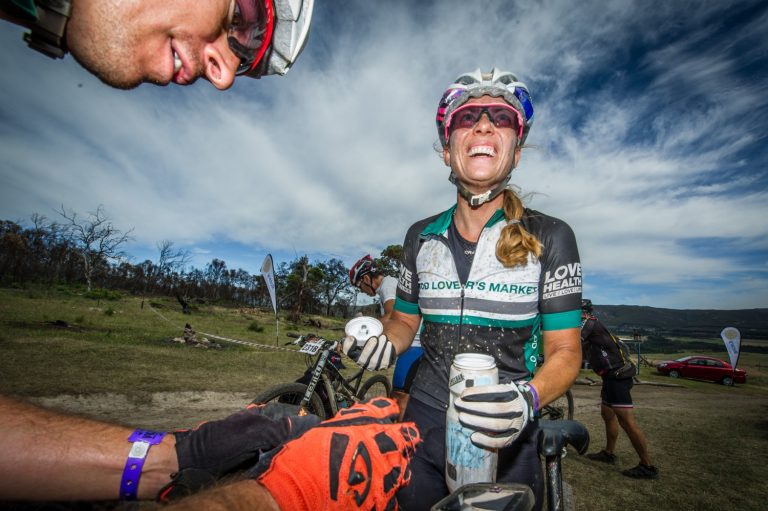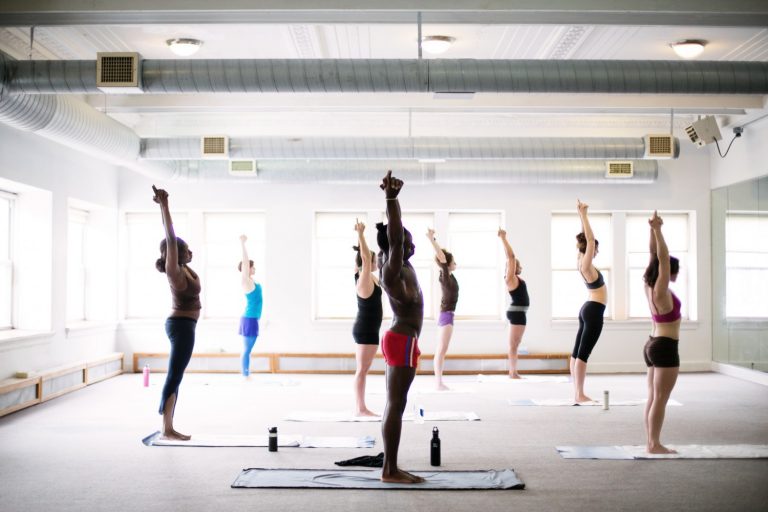An article by Shelly Meltzer & Associates, Dietary Practice
By now you should be well into your training for the Race, and ready to ramp it up a bit.
Nutrition Periodisation
As volume and intensity of training increases so do your fuel requirements. This is where ‘nutrition periodisation’ comes in: so basically matching your nutrition intake to the requirements of your training.
The main idea is to:
- adjust the amount of carbohydrate you eat to your training load, and
- eat the right foods at the right time.
Your goal should be to have enough energy to get the most out of your training. As carbohydrates are the main fuel for high intensity exercise and to power hill climbs, when doing these sessions fuel up with extra portions of carbohydrate-rich foods, such as bananas, apples, naartjies, oats, potatoes, sweet potatoes, and quinoa, before climbing on the bike, and if riding for longer than 1.5-2hrs you will need to make sure you keep your fuel stores up and take extra portable foods such as dried fruit, dates, date balls, dried fruit bars, bananas, apple slices, and baby potatoes. Conversely, lighter sessions (e.g. recovery or flat rides) and rest days won’t require the same intake, so you can reduce carbohydrates and overall food intake on these days. This is especially useful if you are hoping to drop a few kilos and provided you still have enough energy to train on the harder days.
Protect your Immune System
Recovery options were discussed in the first article, however another consideration is the need to protect your immune system. Although moderate exercise helps to boost your immune system, strenuous repeated exercise can potentially reduce immune function and increase risk of infection, especially upper respiratory tract infections.
So to keep the colds at bay, make sure you are consuming sufficient energy that is high quality. Increase your quality score by including plenty of fresh vegetables, fruit and fresh herbs and spices, across the spectrum of colours to ensure you get a good dose of the immune-boosting anti-oxidants and phytochemicals:
- Green vegetables such as broccoli, rocket and spinach.
- Blueberries, aubergines and other blue and purple fruits and vegetables.
- Red coloured fruits and vegetables such as tomatoes, red peppers, cherries, raspberries and pomegranates.
- Yellow and orange coloured fruit and vegetables such as yellow pepper, papaya, pineapple, oranges, butternut and sweet potato.
- Cauliflower, garlic and other white vegetables and fruit.
- Ginger and other spices.
Green leafy veggies like spinach and kale, and red and blue fruits such as cherries, blueberries and strawberries also have strong anti-inflammatory properties. Fruits and vegetables such as bananas, berries, onions, leeks, garlic, and asparagus are rich in prebiotic fibre, which provides nutrients to bacteria in your gut that support a healthy immune function. You can also introduce beneficial bacteria into your gut in the form of probiotics found in yoghurt and fermented foods such as sauerkraut, kimchi, kefir and kombucha tea.
Nutrient-rich Options
When going through a period of more hectic training, you may lose your appetite, or you may feel too nauseous to eat, particularly around critical fuelling times (e.g. after very intense training sessions and before early morning rides). One way to get around this is to make use of liquid meals, for example a fruit and yoghurt smoothie. This is an excellent way to get in some carbohydrate, protein and a good dose of calcium and anti-oxidants.
Fruit and veggie frappe (lower energy for low intensity training days)
1 cup spinach
½ cup carrots
½ cup beetroot
1 pear or apple or orange or ½ cup pineapple
1 slice fresh ginger (or according to taste)
Ice
Simply blend together.
Fruit smoothie (higher energy for before or after a high intensity or very hilly ride)
1 banana
½ cup blueberries
½ cup vanilla or plain yoghurt
½ cup milk or lactose-free, soya or almond milk)
2tbsp oats or oat bran
1tbsp raw almonds or chia seeds
Add a few ice cubes if it is a hot day
This smoothie is packed full of immune-boosting antioxidants and phytochemicals, and gut friendly prebiotics and probiotics. If you are lactose intolerant opt for lactose-free or soya milk and yoghurt. You could use almond milk if it is a pre-exercise drink, but it is too low in protein to be an option for post-exercise recovery. Blend together and enjoy!
For a personalized diet, contact a registered dietitian with sports nutrition experience.
ARTICLE written by Shelly Meltzer & Associates, Dietary Practice associated with the Sports Science Institute of South Africa
Food Lover’s Market is a proud sponsor and participant of the FNB Wines to Whales bike race.


